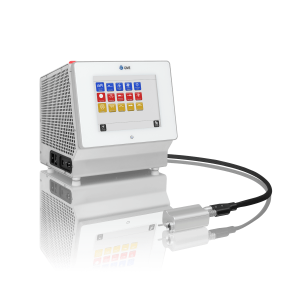Wiki Flex
Clinical knowledge data for FlexSys customers
With four possible modules, FlexSys offers treatment options for a wide range of indications. Wiki Flex is designed to always be at your side as an information and knowledge database.
LOGIN
Important information
The information on the clinical knowledge data Wiki Flex on the FlexSys product is intended for informal information and professional exchange. The treatment protocols proposed are merely a non-binding recommendation based on experience with the system and are suggestions only! The physician is ultimately responsible for determining the appropriate parameters for each patient.
All contents of Wiki Flex, particularly texts, photographs, and graphics, are protected by copyright. The copyright is held by GME GmbH unless expressly indicated otherwise. The use of WikiFlex is reserved for users of FlexSys.
With my login, I confirm that I have noted this and accept it.
